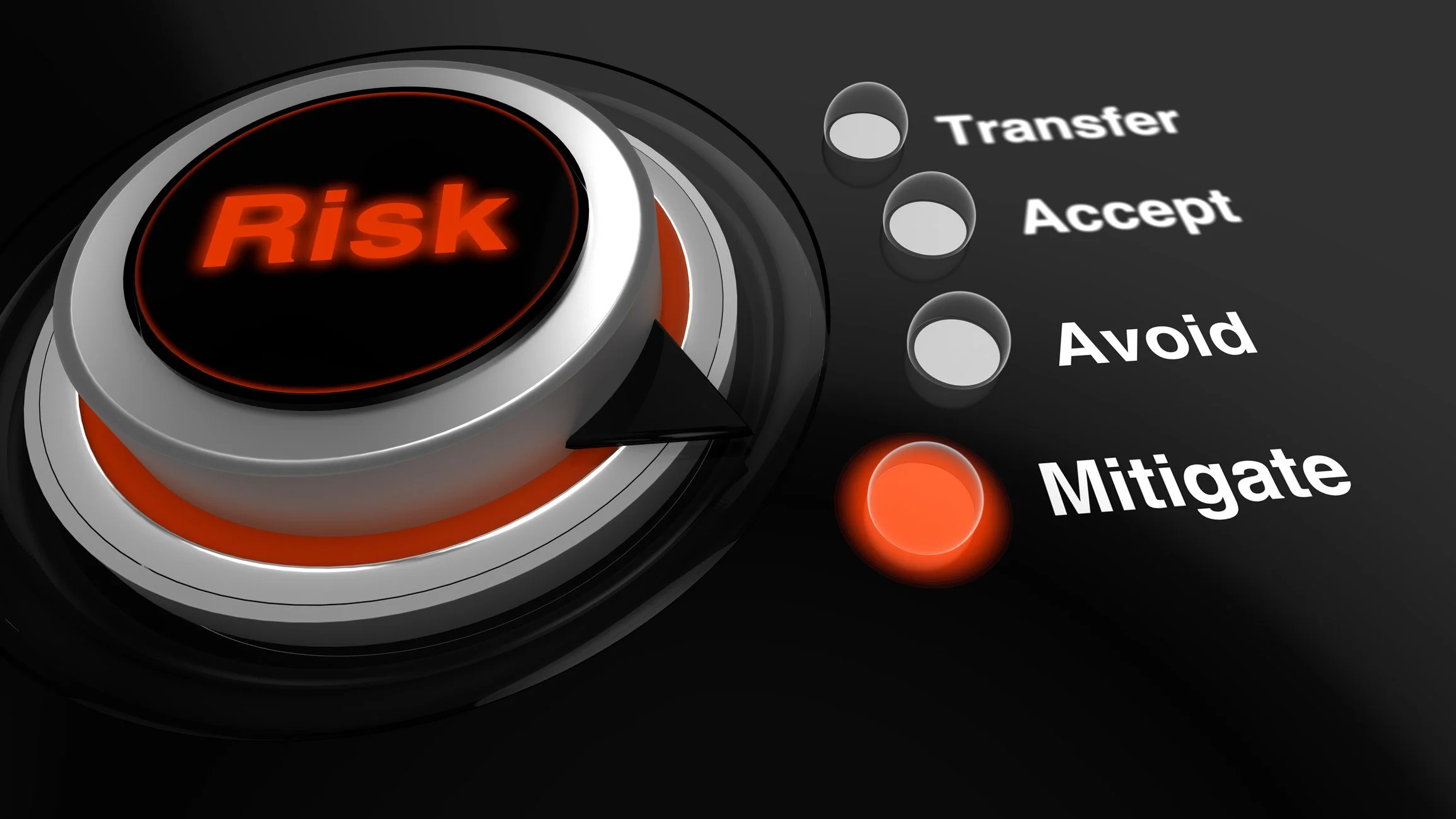Crisis Management Insights
Read up on our emergency preparedness advice for business owners and employees alike.

Quarterly Resiliency Forecast-Fall 2025
The year may be winding down, but risks aren’t taking a break. In fact, three of them, cyber threats, supply chain disruptions, and the spread of disinformation, are showing up more often and in more connected ways than before. They aren’t new, but their speed and interconnectedness make them more urgent than ever. For businesses and organizations, this means bigger challenges and less room to wait. That’s why we’re highlighting them now — and sharing what you can do about each one.

Press Release: The Resiliency Initiative Named a Finalist of the Coveted Top InfoSec Innovator Awards for 2025
The Resiliency Initiative was named a finalist for Innovation in Continuity of Operations/Business Continuity in Cyber Defense Magazine’s 13th Annual InfoSec Awards.

What Every Leader Should Know About Cyber Resilience
A Five-Pronged Strategy for Resilience
To meet this challenge, we need to lead with intention and act collectively. Whether you run a small business, a school district, a hospital, or a municipality, there are steps you can take now.
1. Develop Public-Private Partnerships
Resilience is a team effort. Engage with your local emergency management agency or fusion center to establish coordination before a crisis hits. FEMA’s Public-Private Partnership Guide offers a strong foundation to build from.
Action Step: Reach out to your local emergency manager to explore collaborative preparedness planning.
2. Update and Test Emergency Plans
Every organization should have a plan that addresses cyber disruptions. Do your staff know what to do during a ransomware attack? Are you backing up your critical data? Do you have a continuity plan if your systems go offline?
Action Step: Run a cyber scenario tabletop exercise with your leadership team.
3. Support Unified Cyber Standards
Cyberattacks are global. The more fragmented our regulations, the more room we give threat actors to operate. Support efforts that encourage international cooperation and industry alignment.
Action Step: Advocate through your local chamber or industry associations for stronger cybersecurity policies.
4. Commit to Information Sharing
Speed matters in a crisis. Businesses and agencies that communicate openly about threats and responses can prevent larger-scale impacts.
Action Step: Join your sector’s Information Sharing and Analysis Center (ISAC) or regional cyber task force.
5. Invest in Innovation and Training
Leverage newer technologies like AI, blockchain, and advanced detection systems—but also ensure your people are trained and confident in using them.
Action Step: Budget for both tech upgrades and staff training in your next fiscal year.
